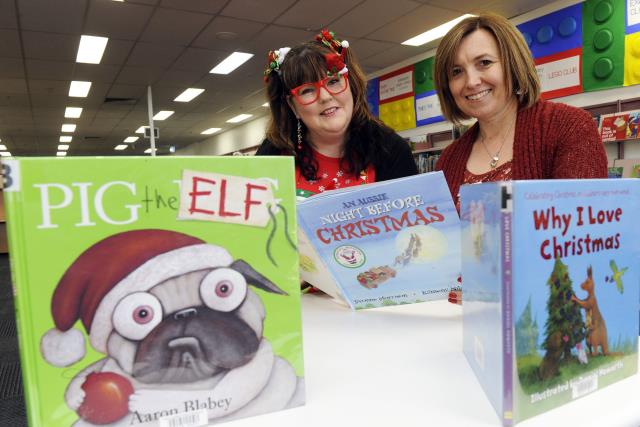Police recovered more than 2000 bone fragments in their search for the remains of missing campers Russell Hill and Carol Clay, a jury has been told.
Photos of the bones were shown to the Supreme Court in Melbourne on Wednesday 29 May, as airline pilot Greg Lynn stands trial for the couple’s murders.
He is accused of killing Mr Hill and Mrs Clay in March 2020 while they were camping in Victoria’s Wonnangatta Valley and then burning their remains in the bush.
The 57-year-old has pleaded not guilty to both counts of murder.
More than 2100 bone fragments were recovered by police across two sites in Victoria’s High Country, forensic anthropologist Dr Soren Blau told the jury.
One of the sites was Bucks Camp where the couple disappeared from, while the second site was at the Union Spur track, east of the valley.
Dr Blau analysed the fragments and was able to confirm the original skeletal position of about 600 bones.
They included skull fragments found at Bucks Camp, which Dr Blau said showed signs of trauma around the time of death.
When asked if that trauma could have come from a gunshot, Dr Blau told the jury she did not have the expertise to make that finding.
But she said the skull fragments showed “radio opaqueness” when examined under X-ray, which was a sign metal could be present.
Defence barrister Dermot Dann told the jury a scuffle broke out at Bucks Camp after Mr Hill took a gun from Lynn’s vehicle.
He claimed Mrs Clay was accidentally shot by Mr Hill and the older man then came at Lynn with a knife and was accidentally stabbed in the chest as Lynn defended himself.
Prosecutors dispute those claims, alleging Lynn intentionally killed the couple after Mr Hill threatened to send drone footage to police of Lynn deer hunting near the camp.
Lynn admits later dumping and burning the couple’s bodies at Union Spur in what Mr Dann described as a “series of terrible choices”.
Dr Blau told the jury most of the bone fragments were located at Union Spur inside a fallen tree trunk.
The majority of fragments had been burnt and were extremely deteriorated so she was unable to determine the person’s age, sex or when they had died.
But the anthropologist could confirm there were the remains of two people as two fragments came from the same part of a person’s forearm.
The trial continues.







